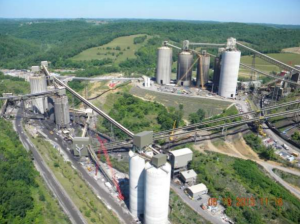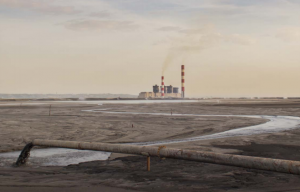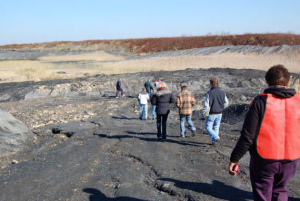The Environmental Integrity Project reviewed state pollution documents for four Pennsylvania coal prep plants that together account for more than 95% of the coal preparation capacity in the Commonwealth: Consol’s…
Read more
In 2005, Congress stripped EPA of its authority under the Safe Drinking Water Act to regulate injection of fracking fluids, except diesel fuels, as part as what is known as…
Read more
The Chesapeake Bay Total Maximum Daily Load (TMDL), a multistate, multi-year effort to restore the health of the Bay through pollution limits, is several years along with little evidence of progress. Many…
Read more
The Chesapeake Bay is overloaded with phosphorus and nitrogen, nutrients that trigger algae blooms that block sunlight and rob Bay waters of the oxygen needed to sustain a healthy ecosystem.…
Read more
The billion-gallon spill at the Tennessee Valley Authority’s (TVA’s) Kingston plant in 2008 reminded us that unregulated and poorly maintained coal ash ponds are an invitation to disaster. Although less…
Read more
Coal-fired power plants are the largest source of toxic water pollution in the United States based on toxicity, dumping billions of pounds of pollution into America’s rivers, lakes, and streams…
Read more
EIP examined public data obtained from EPA and states to evaluate progress in meeting “Total Maximum Daily Loads” (TMDLs) goals by the largest municipal and industrial sources of nutrients in…
Read more
More than 130,000 people die every year of heart and lung diseases that result from inhaling particles smaller than the width of a human hair. Coal-fired power plants are a…
Read more
The South Baltimore neighborhoods of Curtis Bay, Brooklyn and Hawkins Point (referred to in this report as the Baybrook Area or Baybrook) have a long history as the focal point…
Read more
The Environmental Integrity Project has been collecting evidence of groundwater contamination near coal ash ponds and landfills for several years, and the more we look, the more we find. After…
Read more










